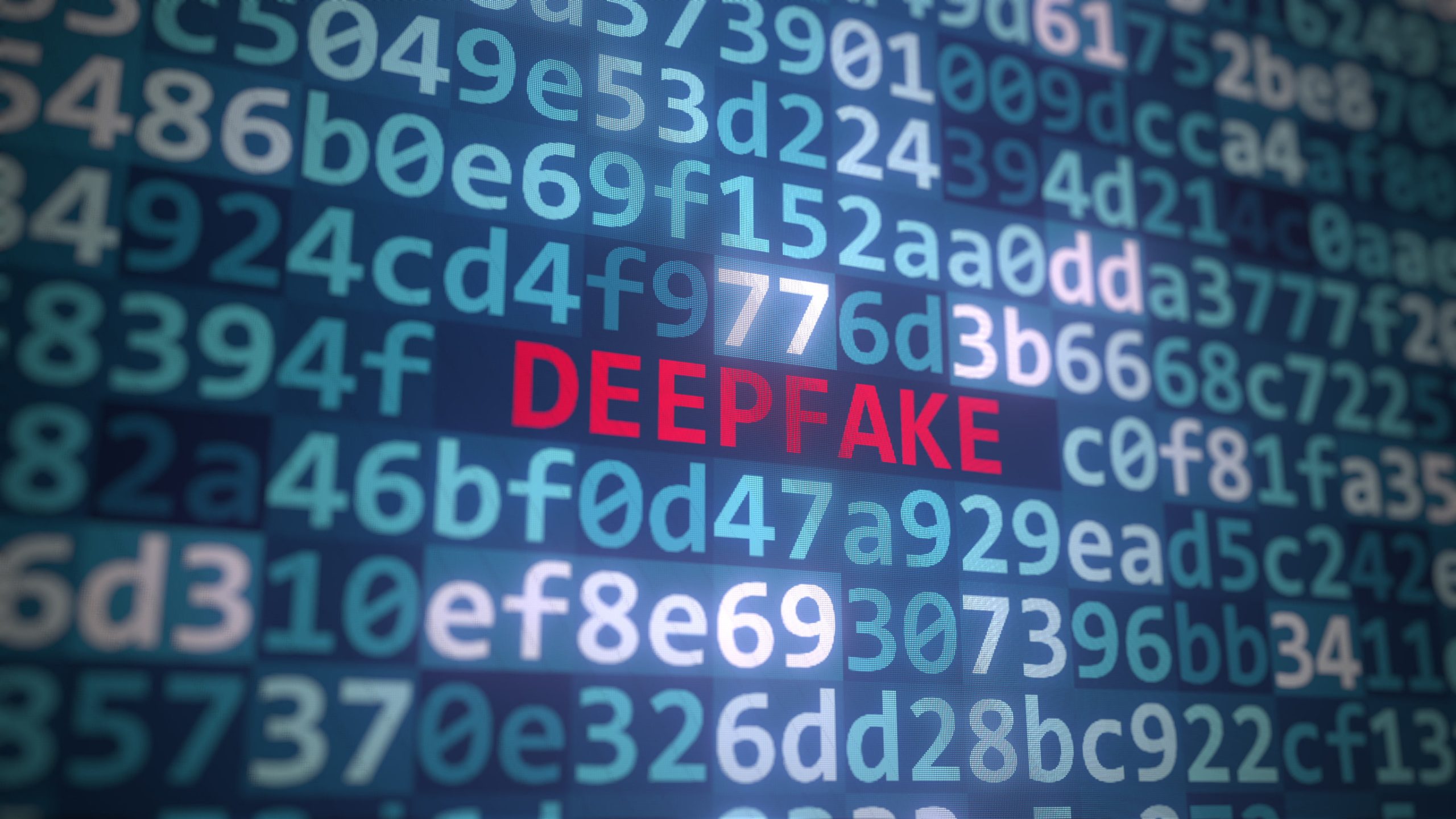The internet has always had its dark corners, but deepfake technology has opened an alarming new chapter—especially when it comes to kids. What once seemed like science fiction is now disturbingly real: videos, images, and even voices of children can be manipulated with shocking accuracy. These online threats that use deepfakes of kids aren’t just creepy—they’re dangerous, deceptive, and growing more common. As parents, it’s crucial to understand how this technology is being misused and what you can do to protect your child. The sooner we spot the hidden message behind these threats, the better prepared we’ll be to fight them.
1. Cyberbullying Through Fake Content
Deepfakes are being used in cyberbullying by creating fake videos of kids saying or doing things they never actually did. These clips can be shared at school or online to humiliate, harass, or isolate a child. The targets often have no idea how their face or voice was used until the damage is done. Because deepfakes can look incredibly convincing, it’s hard for others to tell the video is fake—making the impact even more severe. Among all online threats that use deepfakes of kids, this one spreads the fastest and hits the hardest.
2. Exploitation and Grooming Setups
Predators have begun using deepfakes to create fake “peer” accounts with manipulated child images to lure real kids into online conversations. These accounts appear to be kids of a similar age but are actually run by adults using deepfake avatars to build trust. Once a connection is made, grooming tactics begin—often leading to requests for inappropriate content or in-person meetings. Parents may never suspect that the new “friend” their child is chatting with isn’t real. This is one of the most dangerous online threats that use deepfakes of kids because it hides predators behind innocent-looking digital masks.
3. Revenge Content or “Punishment” Videos
Sometimes, deepfakes are used by peers or even ex-friends to shame or threaten a child. Videos might show a child in embarrassing or compromising scenarios they never actually experienced. These can be sent privately to intimidate them or posted publicly to damage their reputation. The goal is to control, embarrass, or socially punish the child using fake content that looks all too real. It’s emotional blackmail disguised as entertainment.
4. Political or Ideological Manipulation
Believe it or not, some groups use deepfakes of kids to make bold political statements or spread propaganda. Videos may show children promoting harmful ideologies, reacting to staged events, or acting in ways that support controversial agendas. These fake videos can go viral and stir outrage, but the featured child often has no connection to the content at all. This misuse not only violates their rights but can also put them in danger from people who believe the fake narrative. It’s one of the more calculated online threats that use deepfakes of kids for manipulation.
5. Targeted Scams Using Child Avatars
Scammers are getting creative by using deepfake versions of children in video calls or messages to trick people into giving money or information. For example, someone might impersonate a child claiming to be in danger or in need of urgent help. The fake emotional plea tugs at heartstrings and prompts fast action before the truth is questioned. Because the face and voice seem real, the scam becomes incredibly convincing. These tactics turn innocent images into tools of exploitation.
6. Unauthorized Product Ads
Some deepfakes are created to insert a child’s likeness into product ads or promotional content without parental permission. Whether it’s a fake toy review or an ad showing the child using a product, these are often made to look like organic, user-generated content. This violates the child’s privacy and uses their image for profit without consent. Even worse, it teaches kids that their identity can be used and sold without their control. As one of the commercial online threats that use deepfakes of kids, this trend is growing quickly on social platforms.
7. Fake “Missing Child” Campaigns
In a disturbing twist, scammers are using deepfake videos or photos to create fake missing child posters or donation campaigns. These emotional pleas are designed to pull on people’s heartstrings and prompt donations to fraudulent causes. Sometimes, real children’s names and faces are used, pulled from public accounts or school websites. Other times, entirely fake personas are generated using deepfakes to appear more legitimate. This tactic not only scams people out of money but also undermines trust in real missing child alerts.
8. Manipulated Academic Content
Deepfakes are also being used to frame students for cheating or inappropriate behavior during virtual classes. A manipulated video might show a child with their eyes wandering during a test or saying something they didn’t. This can lead to disciplinary action before anyone realizes the footage isn’t real. The technology’s believability means students can be unfairly punished based on faked content. It’s a silent yet serious academic threat.
9. Emotional Manipulation in Digital Games or Stories
Some apps and games now use AI-generated children in emotionally charged stories that seem real. These digital characters may look like real kids and even use the names and faces of actual children scraped from social media. The goal is often to manipulate viewers emotionally—usually to push content, views, or downloads. It blurs the line between fiction and reality, sometimes pulling kids into creepy or unsettling experiences. This soft yet invasive form of manipulation is one of the lesser-known online threats that use deepfakes of kids to influence emotions.
Deepfakes May Be Digital, But the Damage Is Real
We can’t stop technology from evolving, but we can demand better protections and stay alert. The rise of online threats that use deepfakes of kids is a wake-up call for every parent, school, and platform. It starts with limiting what personal content is shared online and educating kids on the risks of digital manipulation. It also means pushing for better regulations and transparency from the platforms that allow these deepfakes to spread. Awareness isn’t optional—it’s essential.
Have you seen any deepfake content online involving children? What steps are you taking to protect your family? Share your thoughts in the comments below.
Read More:
6 Legal Protections for Your Child’s Digital Footprint
9 Privacy Settings You Didn’t Know Existed for Kids’ Devices
The post The Hidden Message: 9 Online Threats That Use Deepfakes Of Kids appeared first on Kids Ain't Cheap.








